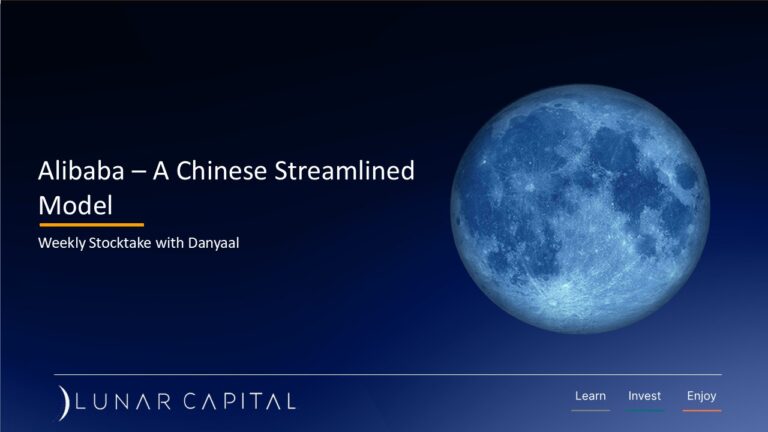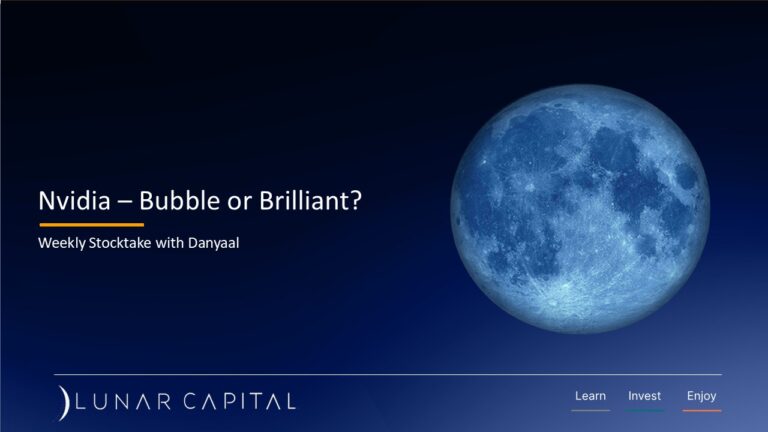The first Walmart store opened its doors in 1962 in Arkansas, USA. Sam Walton, the founder, perceived a potential niche for discount retail stores catering to customers in rural areas in the US. Traditionally, these customers had been neglected by conventional department stores concentrating their efforts in larger cities. Today, Walmart strives to cater to customers across both rural and urban landscapes. In the United States, 90% of the population lives within a 16 km radius of a Walmart store.
Walmart’s business model revolves around the fundamental principle of delivering products and services to customers at the most competitive prices. To achieve the goal of offering the “Lowest price possible,” Walmart employs various strategic tactics, including:
- Economies of scale: Walmart acquires products in substantial quantities, securing a lower per-unit cost from suppliers.
- Everyday low prices: Rather than relying on periodic promotions, Walmart is committed to maintaining consistently low prices across a diverse range of products.
- Centralized distribution centres: Each distribution centre supports 90 to 100 stores within a 240 km radius.
These initiatives have propelled Walmart to emerge as one of the primary price leaders in the retail sector. Walmart establishes the pricing standards that competitors are forced to match.
Last week, Walmart released their Q3 2023 results. Revenue increased by 5.2% compared to the same quarter last year, reaching $160.8 billion. Meanwhile, the “cost of sales” experienced a more modest increase of 4.8%, resulting in a gross margin of 24.6%. The “Operating, selling, general, and administrative” expenses decreased by 3.1%, settling at $33.4 billion. This reduction led to a 130% increase in operating income, soaring to $6.2 billion for the quarter.
In low margin businesses, the operational leverage becomes evident through variances between the change in revenue and the change in costs. When companies enact cost-cutting measures or experience revenue growth outpacing cost growth, operating income grows at a higher rate than revenue. Conversely, if costs were to outpace revenue growth, the operating income of the company would be leveraged in the opposite direction.
Walmart executives indicated that the US consumer was starting to show some levels of stress due to high interest rates. This, despite their very good results impacted the share price, which dropped by about 8% since the announcement of their results.
Walmart is held in the Lunar BCI Worldwide Flexible fund. It is also held by Lunar Capital’s Offshore Portfolio clients.
Click here to access your account to view statements, obtain tax certificates, add or make changes to your investments.
Our email address is: [email protected]
Disclosures
Lunar Capital (Pty) Ltd is a registered Financial Services Provider. FSP (46567)
Read our full Disclosure statement: https://lunarcapital.co.za/disclosures/
Our Privacy Notice: https://lunarcapital.co.za/privacy-policy/
The Lunar BCI Worldwide Flexible Fund Fact Sheet can be read here.
This stocktake is prepared for the clients of Lunar Capital (Pty) Ltd. This stocktake does not constitute financial advice and is generated for information purposes only.





